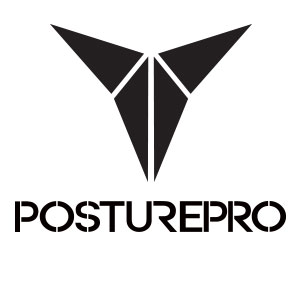When it comes to achieving peak physical performance or pushing yourself to the extreme limits of endurance exhaustion, what do you think is the most important part of your physiology?
- Your muscles?
- Your heart?
- Your lungs?
The surprising answer is “none of the above.”
The ultimate arbiter of fatigue is actually situated right between your ears. That’s right: it’s your brain.
A few simple tricks to know how balanced your brain truly is, is to determine which eye is your master eye.
Step 1: Grab a cardboard with a hole in the middle (you can also use your hands). Look through the hole while looking at a specific target. Once you have identified the target, bring the cardboard to your face. The eye you choose is your master eye.

A well-balanced brain will have a right master eye if right-handed, and a left master eye if left-handed.
Step 2: Determine your master foot.
- Run forward and jump off one leg, which did you jump off?
- Drop the ball on the ground and kick it, which foot did you use?
Step 3: Determine your master hand.
- Which hand do you use to write?
- Which hand do you use to pick up a cup of water?
- Which hand do you use to throw the ball?
Step 4: Determine your master ear.
- Which ear do you use to talk on the phone?
What’s Happening?
So, what side do you favor? Are you left-handed or right-handed? Left-footed or right-footed? Is your right eye dominant or is it your left? Left ear or right ear?
The Concept of Neurological Organization
Organization is the process of a unification of the elements of a system into a coordinated functioning whole. Every living thing is organized by a system. In other words, if your master eye is the left eye and you are right-handed or vice versa, the stages of your neurological organization could have been compromised.

Posture and Neurological Organization
In large part, the success or failure of an individual in relating to his environment depends on his neurological organization. If you have “adapted” to a faulty posture, through repeated faulty movement, your brain will now be functioning with a “new” awareness originating from your brain.
Muscles Neurological Organization
An engram and brain plasticity are two concepts that encompass very relevant factors of understanding the muscle function. An engram is a central nervous system (CNS) neuromotor event. It is a fairly autonomous motor component and simultaneously a component of a much larger motoneuron memory. A repeated muscular activity that requires some precision enhances the motoneuron pathway and memory loop. The more the action is repeated, the more vivid its memory and the less likely that the motor cortex and connections will forget it. This holds true for movement and also for posture.
How to fix it?
Posturologists find areas that are receiving faulty messages and address them to optimize the functioning of the body. By reprogramming the faulty messages that the sensory receptors receive, the body begins to revert back into a posturally balanced state.
Postural assessments allow the practitioner to identify imbalances caused by messages received from sensory receptors. When addressing the causes, tremendous results can be achieved. The body is a self-healing organism. It always unconsciously tries to heal itself and continuously strives for homeostasis.
[youtube_sc url=”https://www.youtube.com/watch?v=1r1LHyAXvoA”]
SUMMARY
Postural imbalances are not always visible to the naked eye. If you believe that your performance is inadequate or if you are suffering from chronic pain or any unexplained symptoms, it is highly recommend that you have a postural assessment conducted. Posturology may answer all your questions and eliminate your symptoms.
Next month, you’re going to learn more specifically about neurological organization in children. Until then, we invite you to leave your questions, comments and feedback about fatigue, the CNS, Posturology and Neurological Organization, and I promise to reply!
REFERENCES
BENTON, CD. ; McCANN, J.W., and LARSEN, M.: Dyslexia and dominance
DELACATO, C.H.: Neurological Organization and reading. SPRINGFIELD (III), Thomas, 1966
LeWINN, E.B.; DOMAN G.J; DELACATO C.H.; DOMAN, R.J.: SPITZ, EB., and THOMAS, E.W.: Neurological Organization: The basis of learning.
If you like this article please share the article and tag your friends.
The Posturepro Team
Superior Performance
Copyright © 2014 Posturepro™





